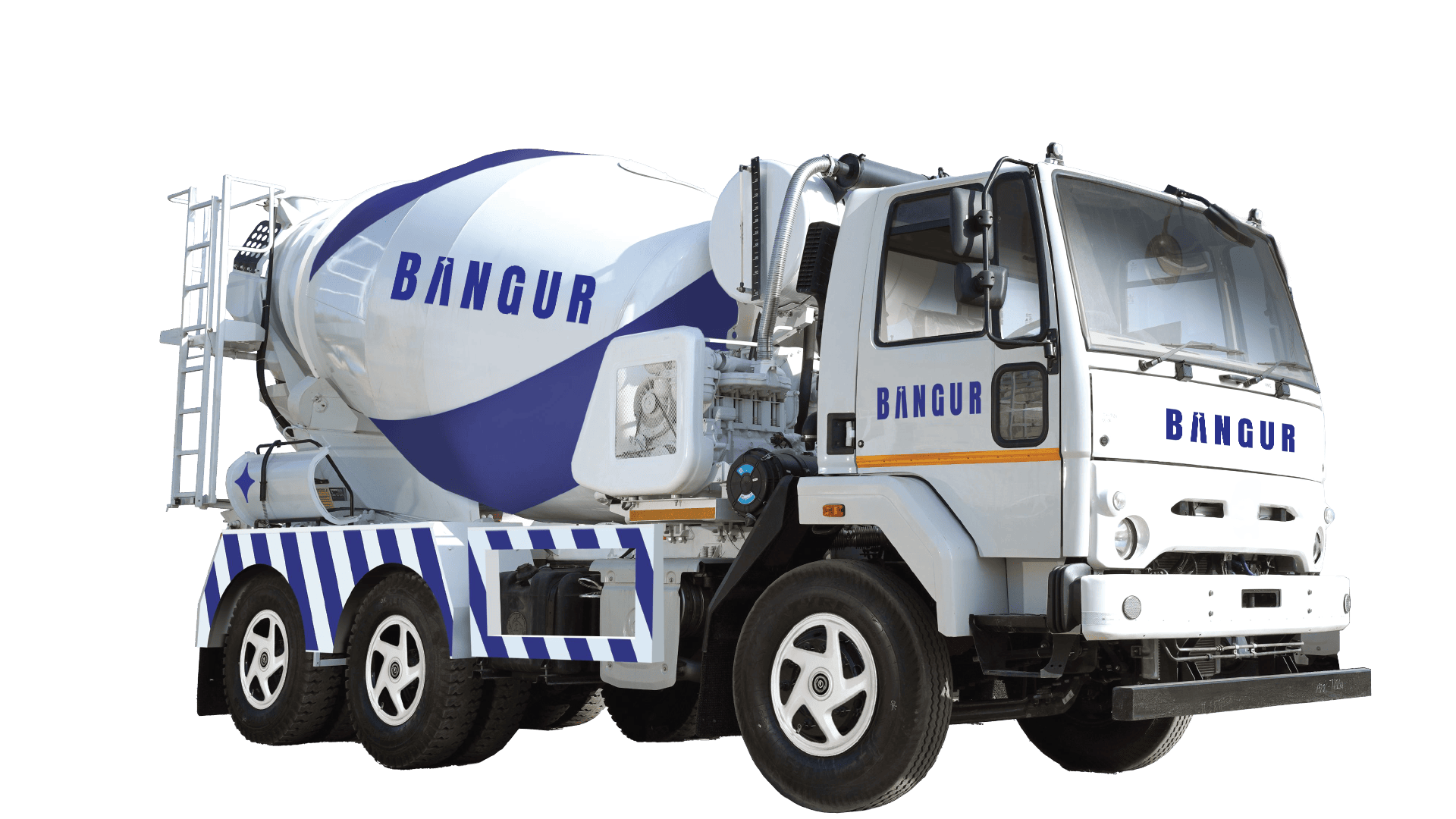
Best Cement for Roofing: How to Make the Right Choice
- Nov 29
- 4 min read
When it comes to roofing, selecting the right cement plays a crucial role in ensuring the structure's strength, durability, and safety. Whether you’re constructing a residential roof or a commercial building, using the appropriate cement for the slab is essential. In this blog, we’ll break down how to choose the best cement for roofing and explain why it matters for your construction project.
Why Choosing the Right Cement Matters
Roof slabs must withstand various external pressures, including heavy rainfall, extreme heat, and wind. The strength and durability of the cement used directly impact the roof’s ability to resist these environmental forces. Additionally, the cement's quality affects the long-term maintenance costs and overall lifespan of the structure.
For roofing, you need cement that offers high compressive strength, early setting, and resistance to weathering. Using the wrong grade of cement can lead to cracks, leakage, or even structural failure over time.
Best Cement for Slab Construction
When constructing a roof slab, 53-grade cement is the preferred choice. This high-strength cement provides excellent durability, making it suitable for load-bearing structures like roof slabs. It sets faster than lower-grade cement, which means construction time can be shortened, and the risk of formwork failure is minimized.
Key Characteristics of 53 Grade Cement:
High Compressive Strength: 53 MPa after 28 days of setting ensures that the roof can support heavy loads and resist environmental stress.
Rapid Setting: Faster setting times mean quicker completion of roof construction, reducing labor costs and minimizing the risk of damage during curing.
Weather Resistance: 53-grade cement offers better resistance to moisture and weather, critical for roofing where exposure to the elements is inevitable.
While 53-grade cement is more expensive than lower grades, the added durability and strength make it worth the investment for roof construction.
Cement Type | Compressive Strength | Best For | Advantages | Disadvantages |
|---|---|---|---|---|
Cement for Roofing: Alternatives to Consider
Although 53-grade cement is strongly suggested for roofing, 43-grade cement can be utilised in some cases. If your building is a low-rise residential structure, 43-grade cement can provide adequate strength while being more cost-effective.
43 Grade Cement:
Strength: 43 MPa compressive strength, which is sufficient for low-rise residential buildings.
Workability: 43-grade cement is more workable than 53-grade, meaning it’s easier to handle, making it suitable for small to medium projects.
Cost-Effective: If the structure doesn’t need to withstand very high loads, 43 grade can be an economical choice without sacrificing durability.
However, if you’re building a structure that requires long-term durability and exposure to extreme conditions, sticking with 53-grade cement is the safer option.
What About Blended Cement?
Blended cement like Portland Pozzolana Cement (PPC) and Portland Slag Cement (PSC) are also used in roofing. These types of cement incorporate materials like fly ash or slag to enhance durability and environmental performance. While they are cost-effective and eco-friendly, they don’t offer the rapid strength gain that ordinary Portland cement (OPC) like 53 grade provides.
Advantages of Blended Cements for Roofing:
Improved Workability: Blended cements offer a smoother finish, which can be useful for roofing applications.
Environmental Benefits: Incorporating industrial by-products like fly ash and slag reduces the carbon footprint of your project.
Cost-Effective: Blended cements are generally less expensive than OPC.
However, because they gain strength more slowly, they’re better suited for non-structural applications or projects where early strength isn’t crucial. For high-load-bearing roof slabs, ordinary Portland cement grades like 53 and 43 are still the superior options.
Final Thoughts
When constructing a roof, strength and durability are non-negotiable. For roof slabs, 53-grade cement is the best option because of its high compressive strength, rapid setting time, and superior weather resistance. While 43-grade cement can work for low-rise residential projects, it may not offer the same level of protection for more demanding structures.
In certain cases, blended cements can be considered, but they lack the early strength needed for roof slabs. Ultimately, investing in high-quality cement will save you from future structural issues, making your roof safer and more durable in the long run.
By making the right cement choice, you ensure that your roof can withstand the test of time and the elements, offering peace of mind and safety for years to come.

